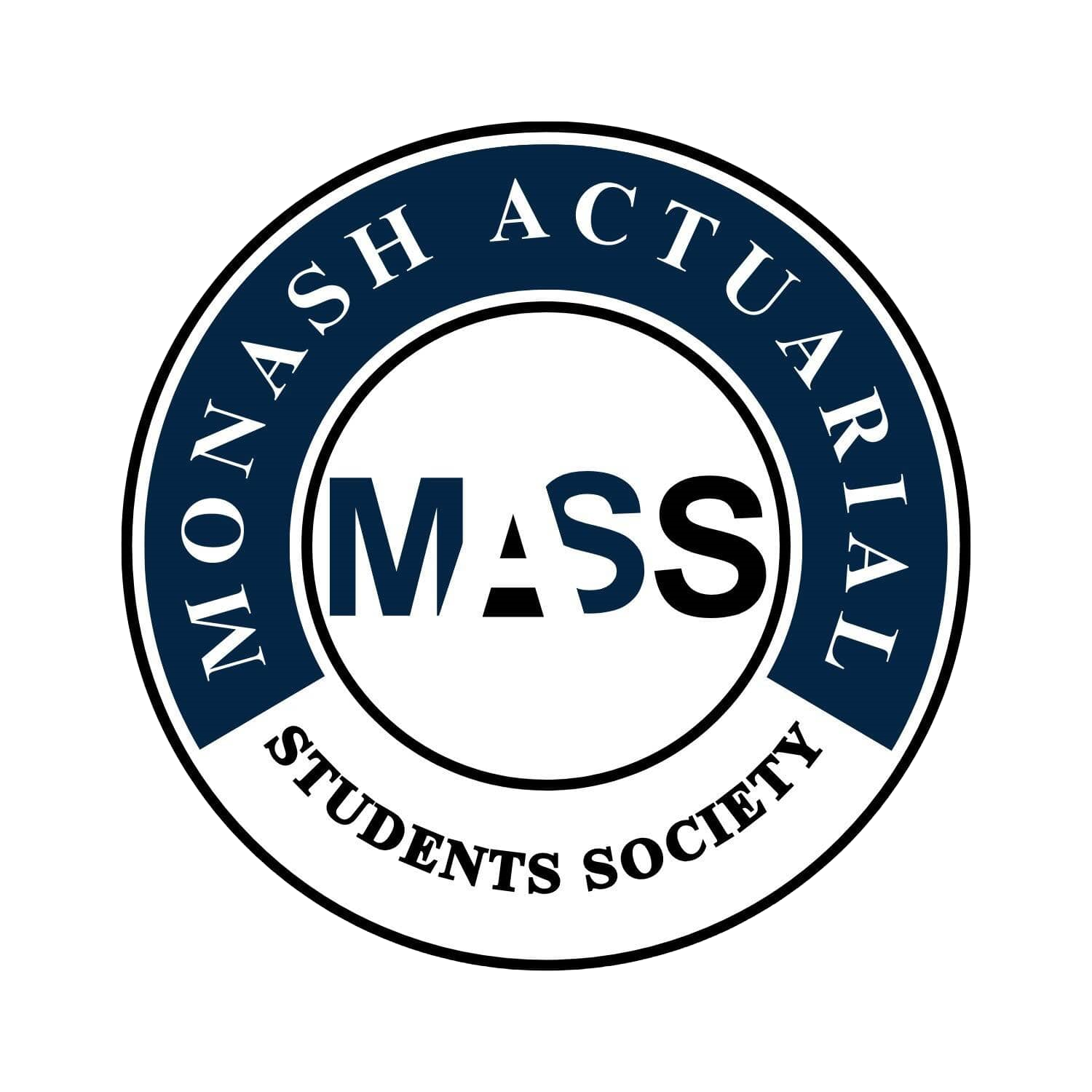ETC2410 Introductory Econometrics
(Sem 1 2021)
Difficulty:
Year Completed: Semester 2, 2020
Prerequisite: ETC1000
(or ETB1100, or SCI1020, or ETW1001, or STA1010, or ETF1100, or FIT1006)
Exemption:
CS1 Actuarial Statistics
ETC1000 (25%), ETC2420 (25%), ETC2520 (35%), ETC3580 (15%)
CS2 Risk Modelling and Survival Analysis
ETC2420 (10%), ETC3420 (20%), ETC3430 (50%), ETC3550 (20%)
Weighted average of 70% required. Minimum of 60% required for each unit.
Mean Setu Score: 71.9%
Clarity of Learning Outcomes: 67.2%
Clarity of Assessments: 77.4%
Feedback: 66.2%
Resources: 70.7%
Engagement: 81.3%
Satisfaction: 68.4%
Subject Content:
Lecture(s) and Tutorial(s):
Textbook(s):
Assessments:
The topics that were covered include statistical properties and derivation of OLS Estimator, simple and multiple regressions, conducting inference, using dummy variables and model selection and predictions. In addition to this, the unit introduces you to time series data and seasonality in data while also dealing with heteroskedasticity.
2 x 1 hour lectures
1 x 1.5 hour tutorial
Introductory Econometrics, 7th Edition by Jeffrey M. Wooldridge
The textbook is good if you are looking for extra materials to read. However, the lecture notes are well detailed, so it is not used much.
Weekly Pre-Tutorial Quizzes 10% each
2 Group Assignments 15% each
Final Exam 60%
Comments
The unit is a wonderful introduction to econometrics and gives you a pretty good insight of the math behind the OLS estimator and regressions. The content was informative and pretty straightforward. The unit uses Eviews which was fairly easy to use, however it took some time to open it. The concepts explained in the unit are pretty important and relevant to many other units, hence it is advisable to be thorough with the content.
All the lectures were online and on zoom, hence there wasn’t much interaction between the lecturer and the students. The explanations and the examples used in the lecture were pretty useful to understand the concepts. The lecturer states each theory, then explains the math behind it and then proceeds to explain the implications of it. However it was quite theoretical and honestly sometimes was a little boring. Despite the fact that the lectures were recorded, attending them allowed me to ask questions and clarify the doubts on the spot.
Completed Lecture notes were uploaded to moodle every week along with the lecture recordings.
The tutorials began in the first week and before each tutorial except the first one, students had to complete a pre tutorial quiz which included questions from the content covered in the previous week. The tutorials were very applied compared to the lectures and proved to be extremely important as the tutors discuss possible questions that could come in the exam, from each of the topics and how to answer them. In the 1.5 hours, the tutor was engaging and managed to complete the set of questions. Eviews were heavily used in the tutorials which was helpful while completing the assignments.
Group Assignment 1
This assignment had two parts, the first part involved running several regressions and conducting statistical inference on the variables. Some questions required us to calculate confidence intervals, conduct hypothesis testing and interpretation of several regression terms. Part 2 of this assignment was tough as it included proving algebraic functions related to OLS and using expectations operator to prove some results. Overall, it was doable since it was a group assignment where groups were in 4.
Group Assignment 2
The same groups in assignment 1 worked together in this assignment. This assignment also included 2 questions, where the first question involved using dummy variables and square variables. Some questions involved conducting hypothesis tests, prediction intervals, Breusch Pegan Tests, testing for heteroskedasticity and explaining the implications of it.The second question focused on time series data and incorporating structural breaks into our model. This question requires us to use Breusch Godfrey tests and calculate the long run effect of the regressors. Overall, this assignment was considered to be easier than the first one.
Pre Tutorial Quiz
A moodle quiz of mostly 5 questions that had to be completed before attending the tutorial. The questions were easy and aimed to test whether you understood the content.
Final exam consisted of questions from all the topics. Eviews and excel output were given for some questions which were used to answer them. It is important to be thorough with the basic concepts while doing the exam because they were assessed quite often. The exam was not very difficult, however it had several questions that required in-depth knowledge of the topics. Heteroskedasticity and Autocorrelation were greatly covered in the exam. The exam was 2 hours long and consisted of multiple choice questions and short answer questions. A calculator and an A4 size paper of notes were allowed for the exam.
Overall, this unit was an important introductory unit and covered pretty important topics that will be heavily used later in other units. Although the unit is harder than the first year units, the lectures and tutorials provided a great deal of understanding of the topics.
General Overview:
Lectures:
Tutorials:
Assessments/Other Assessments
Exam
Concluding Remarks

